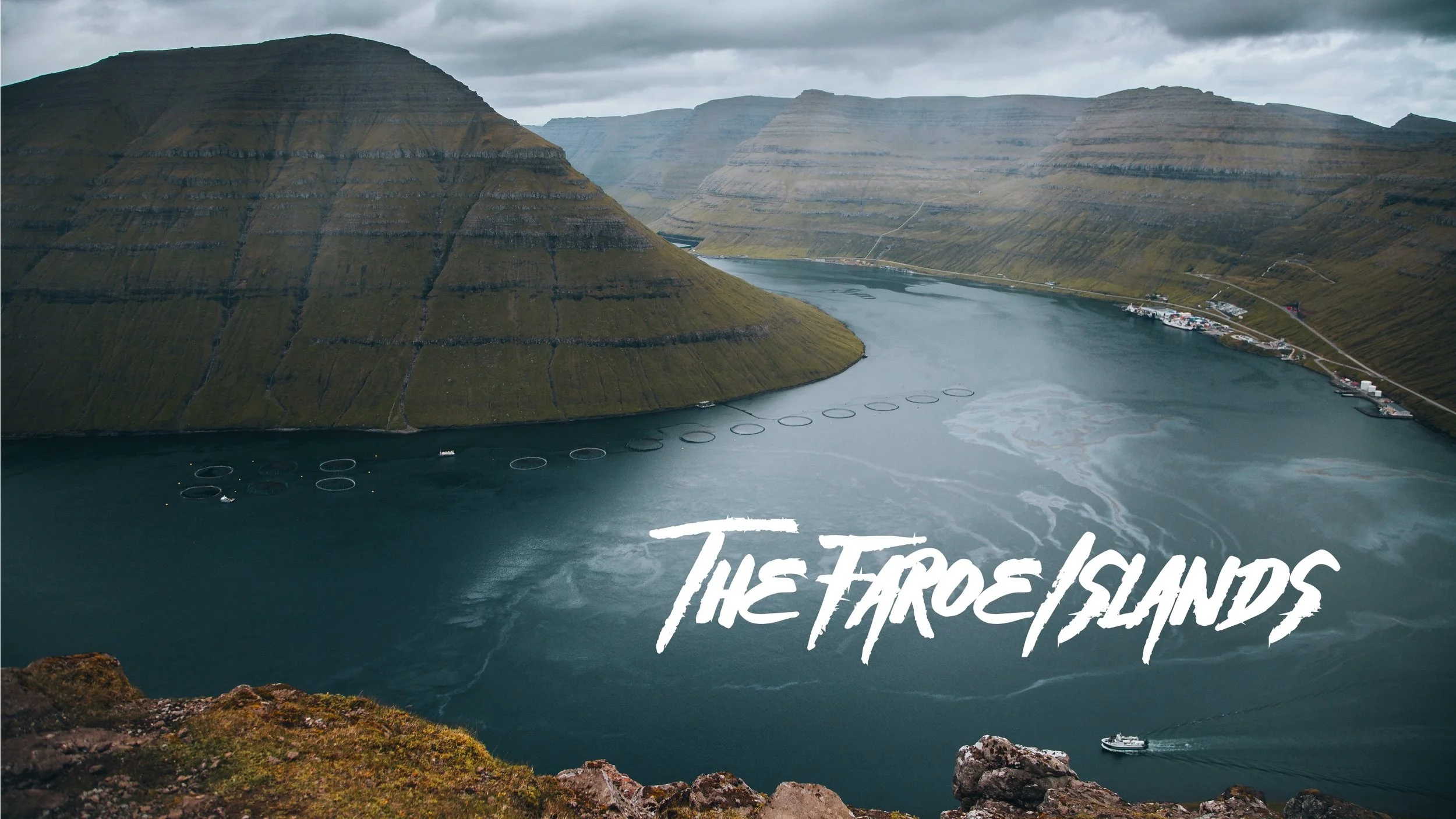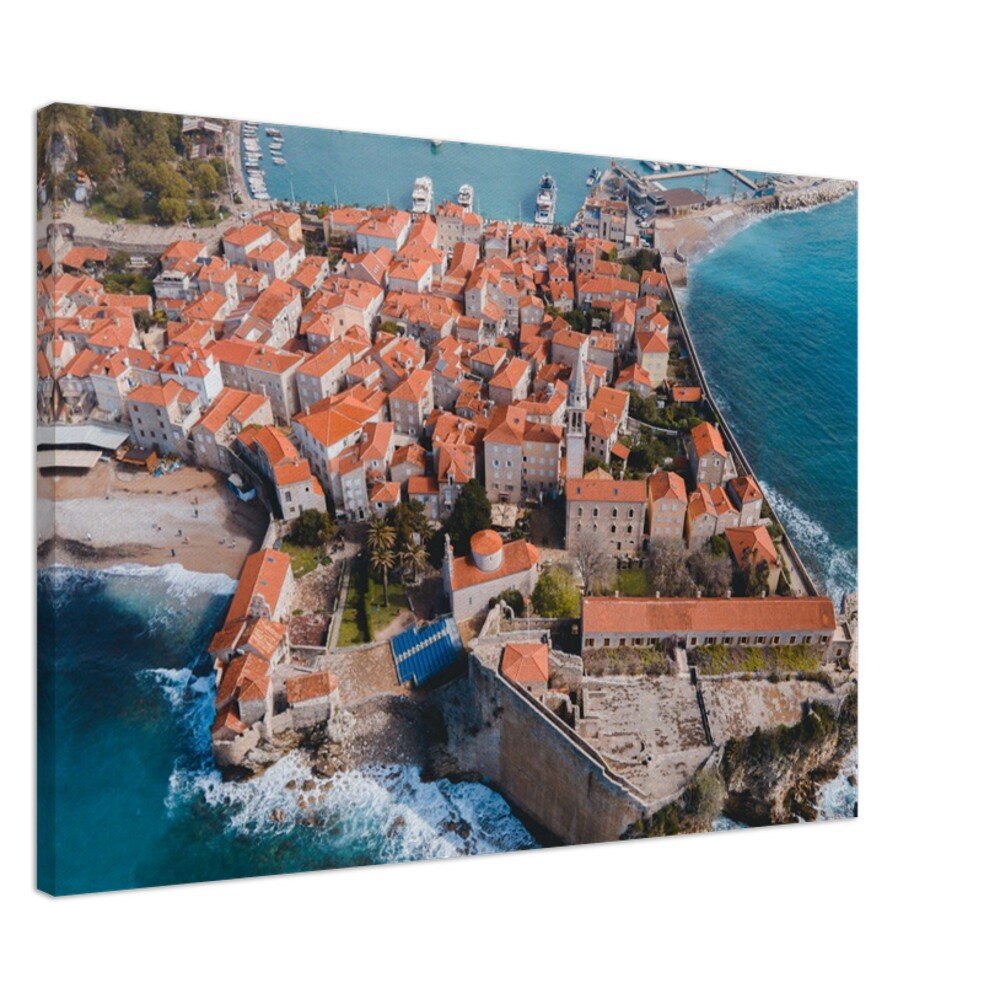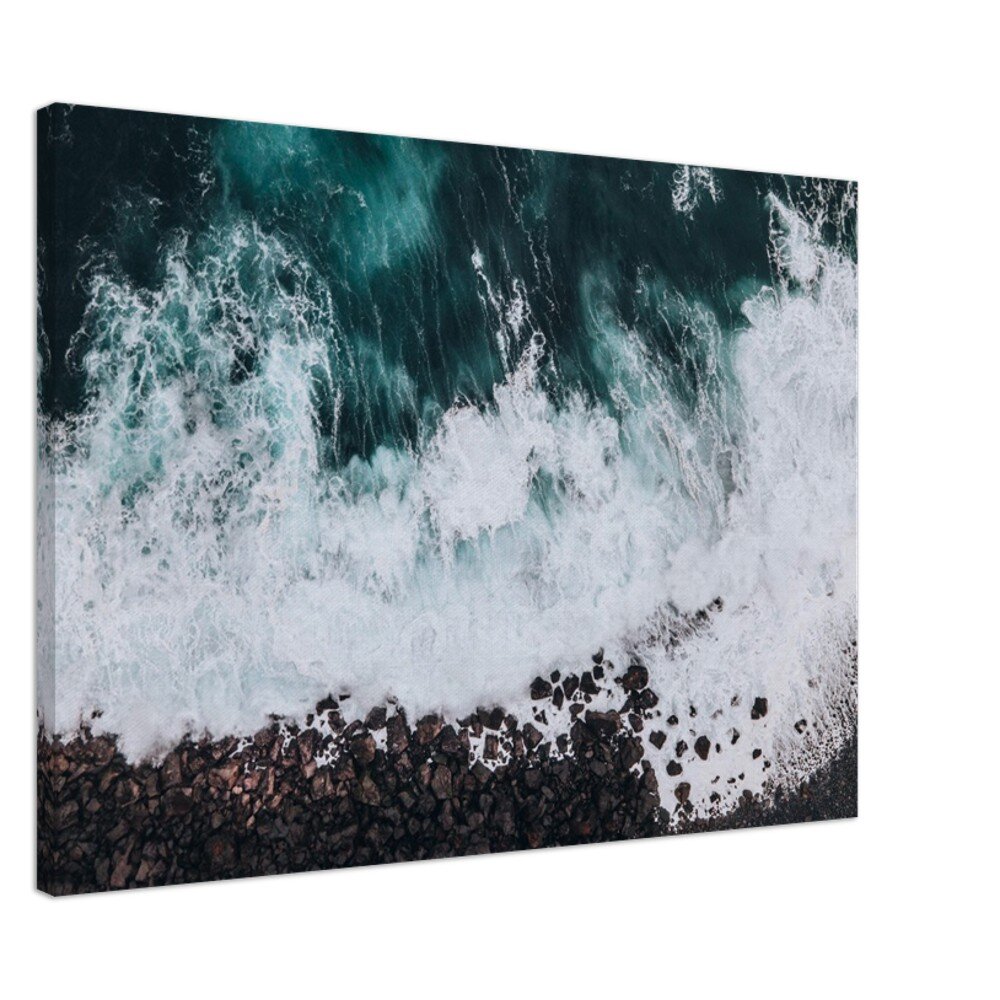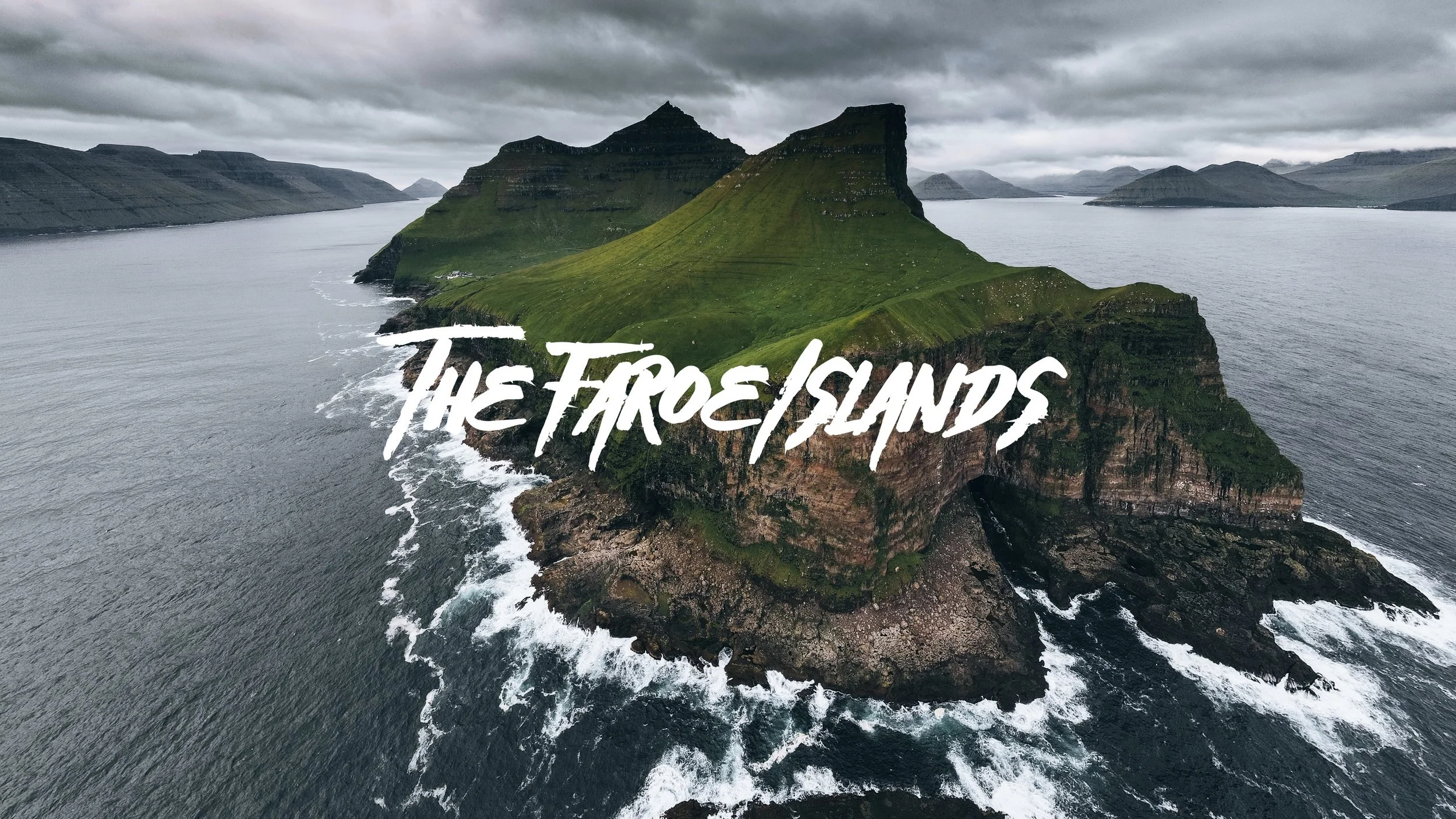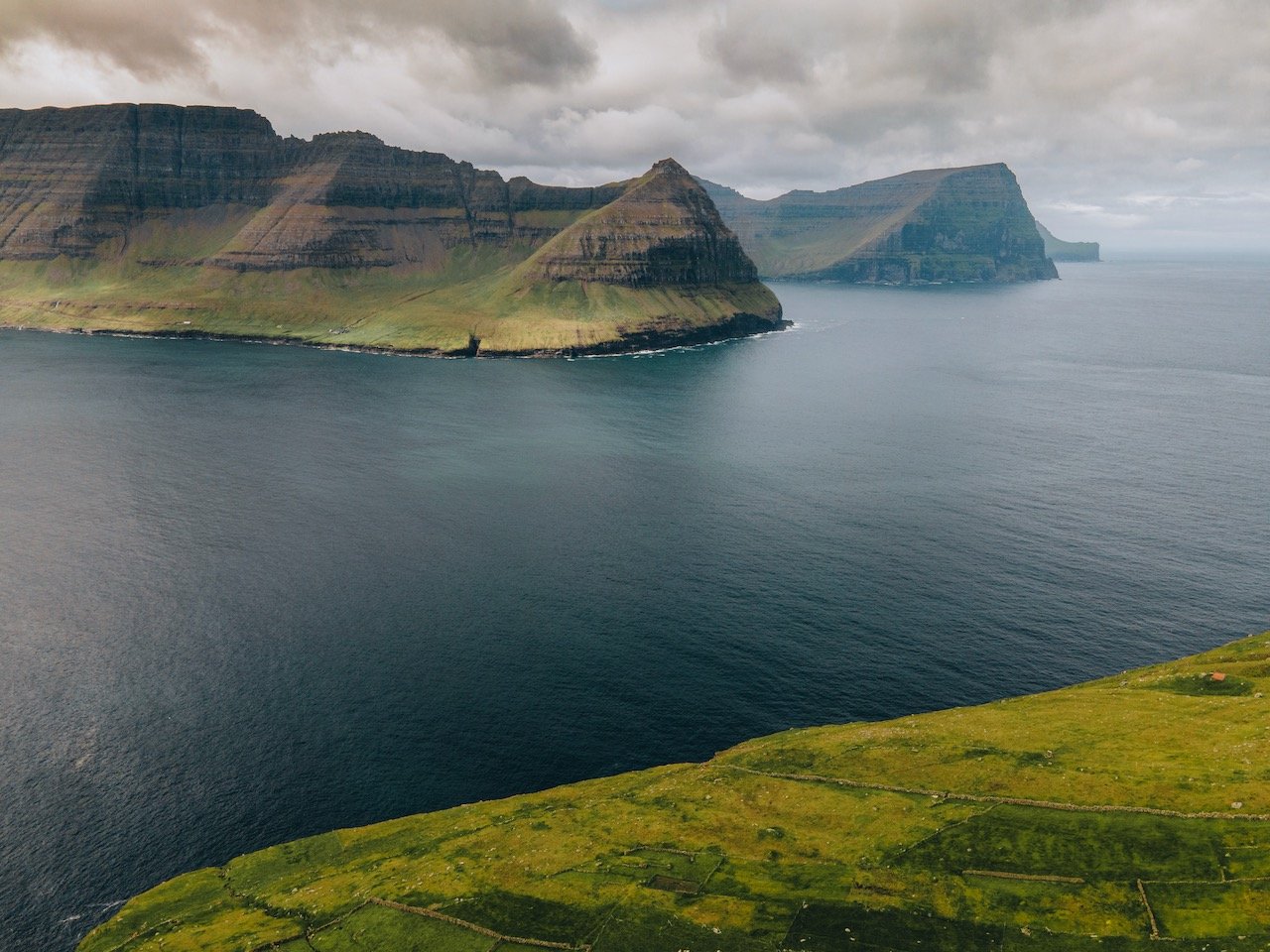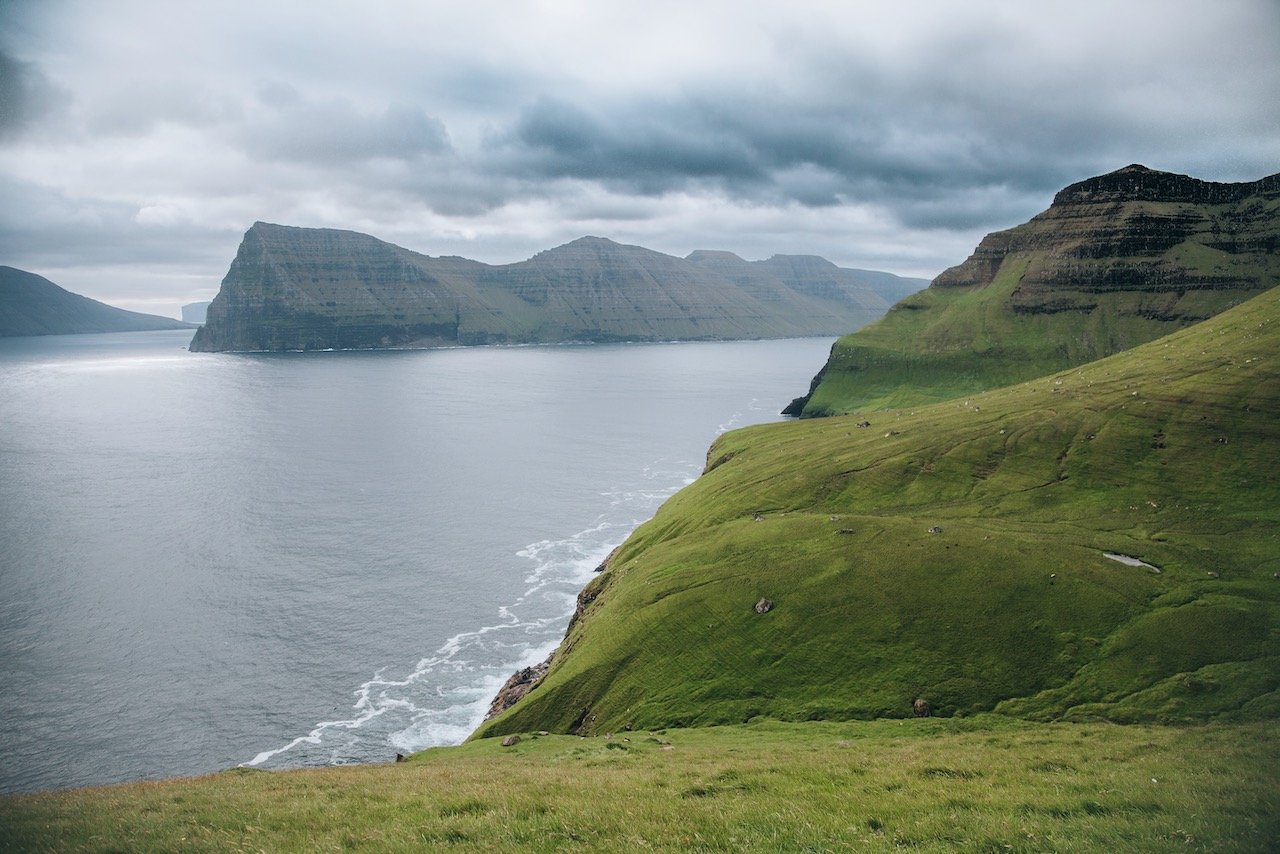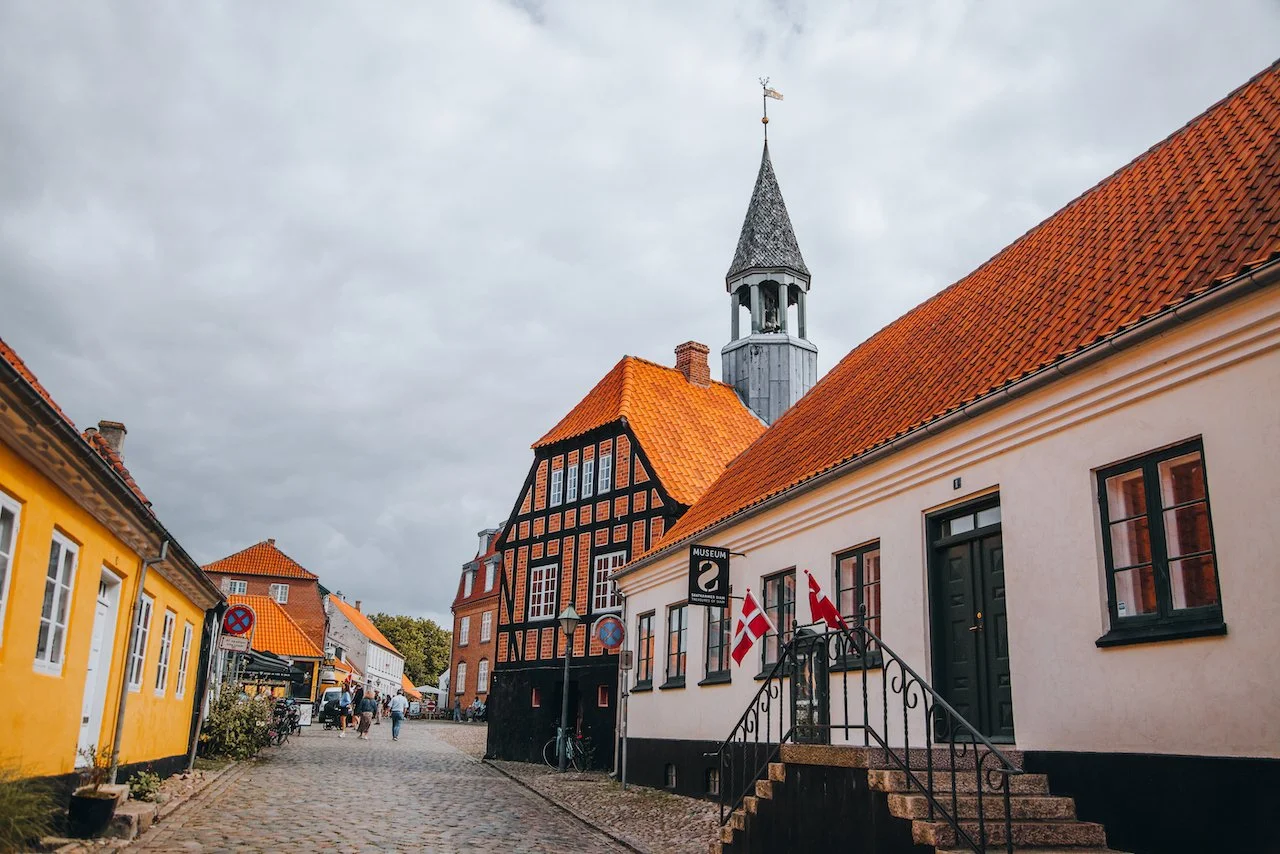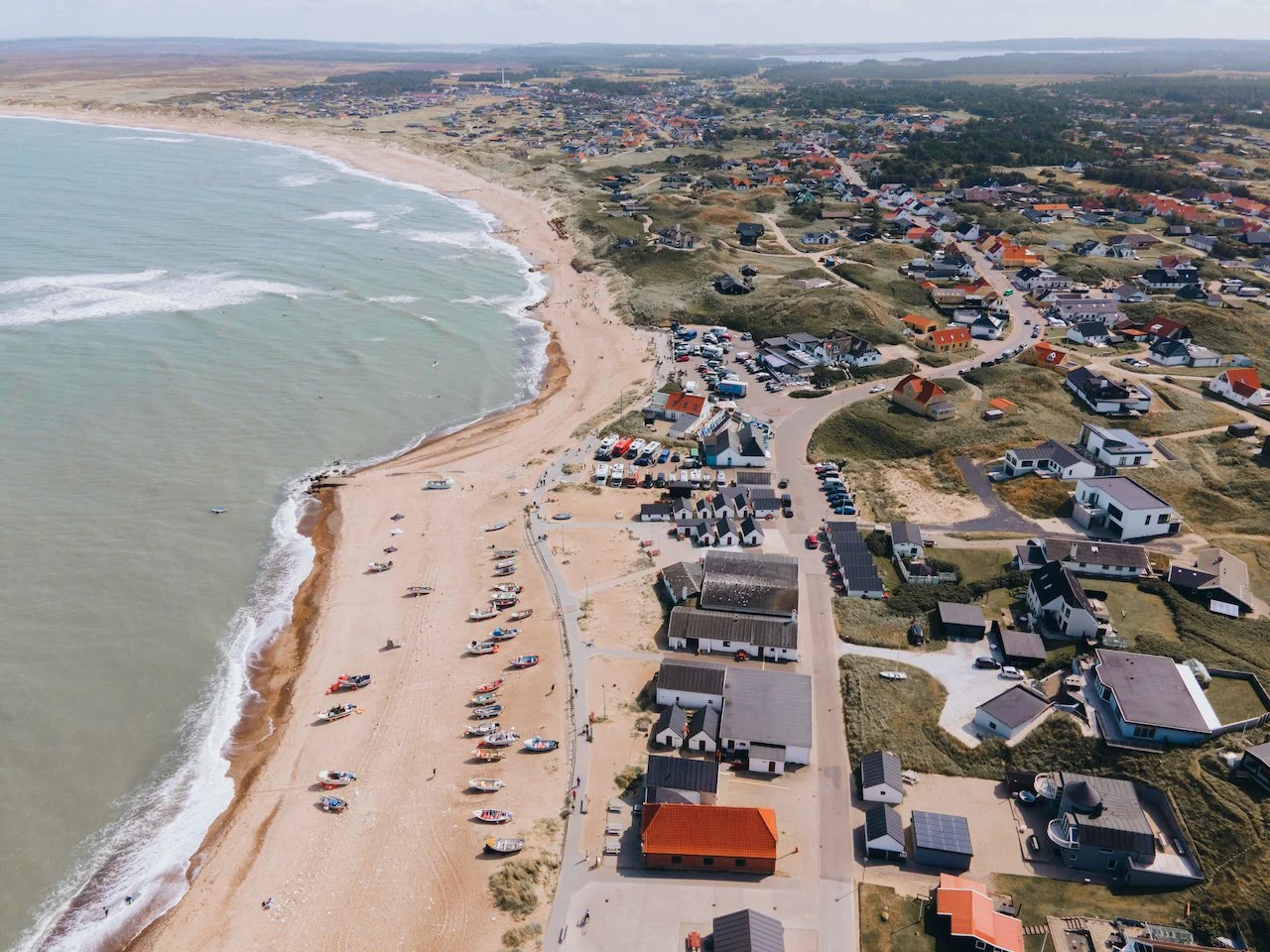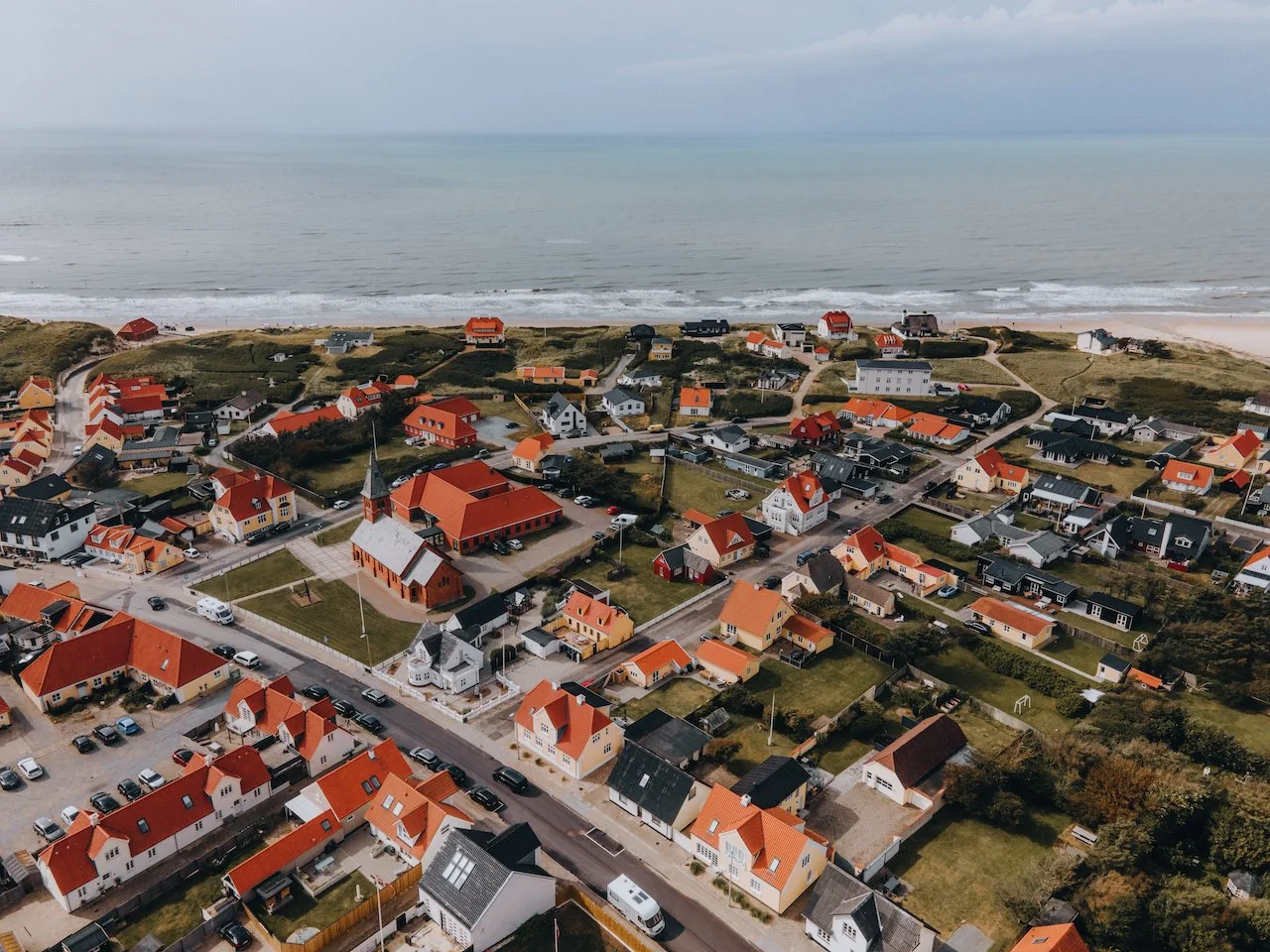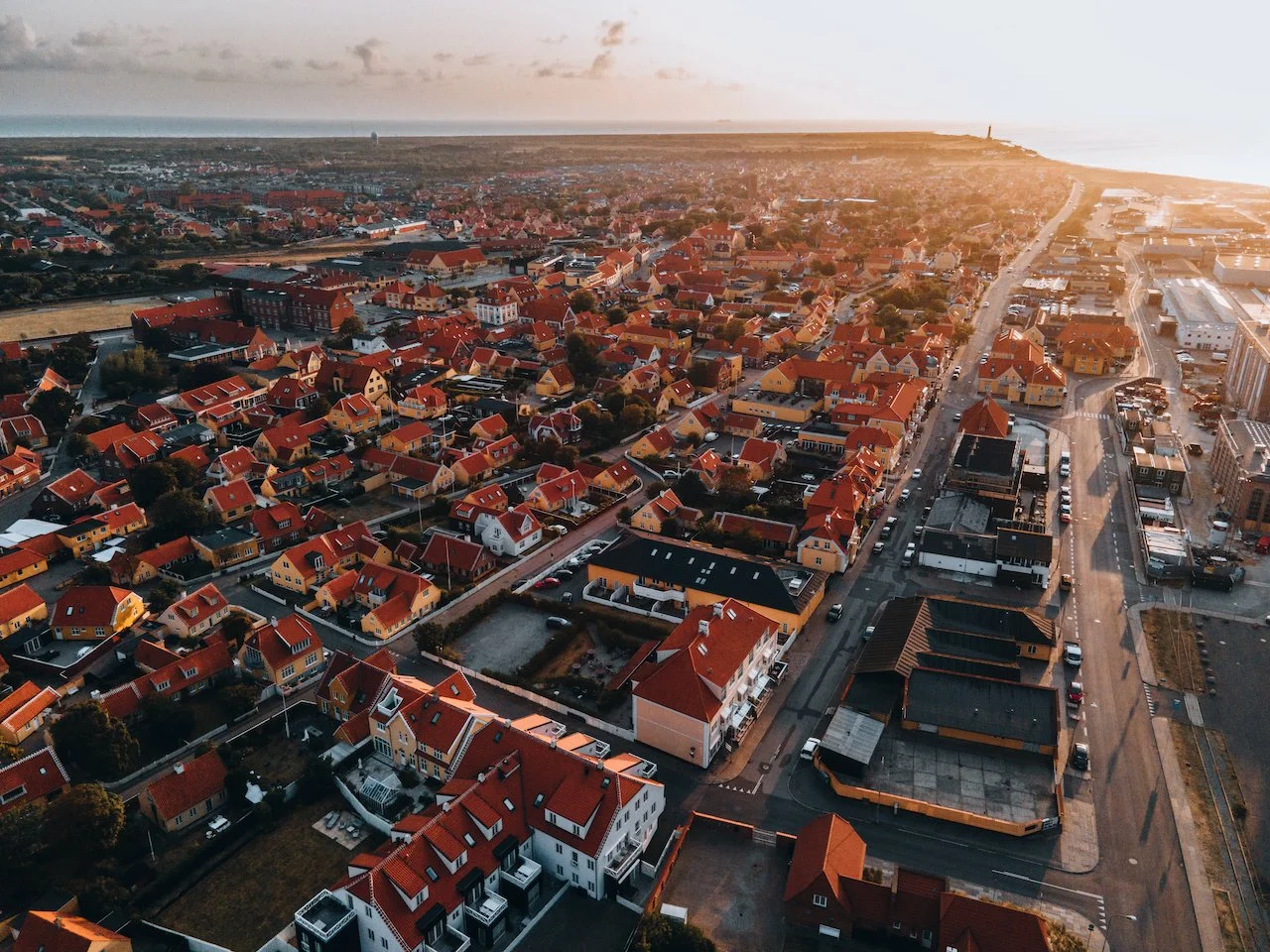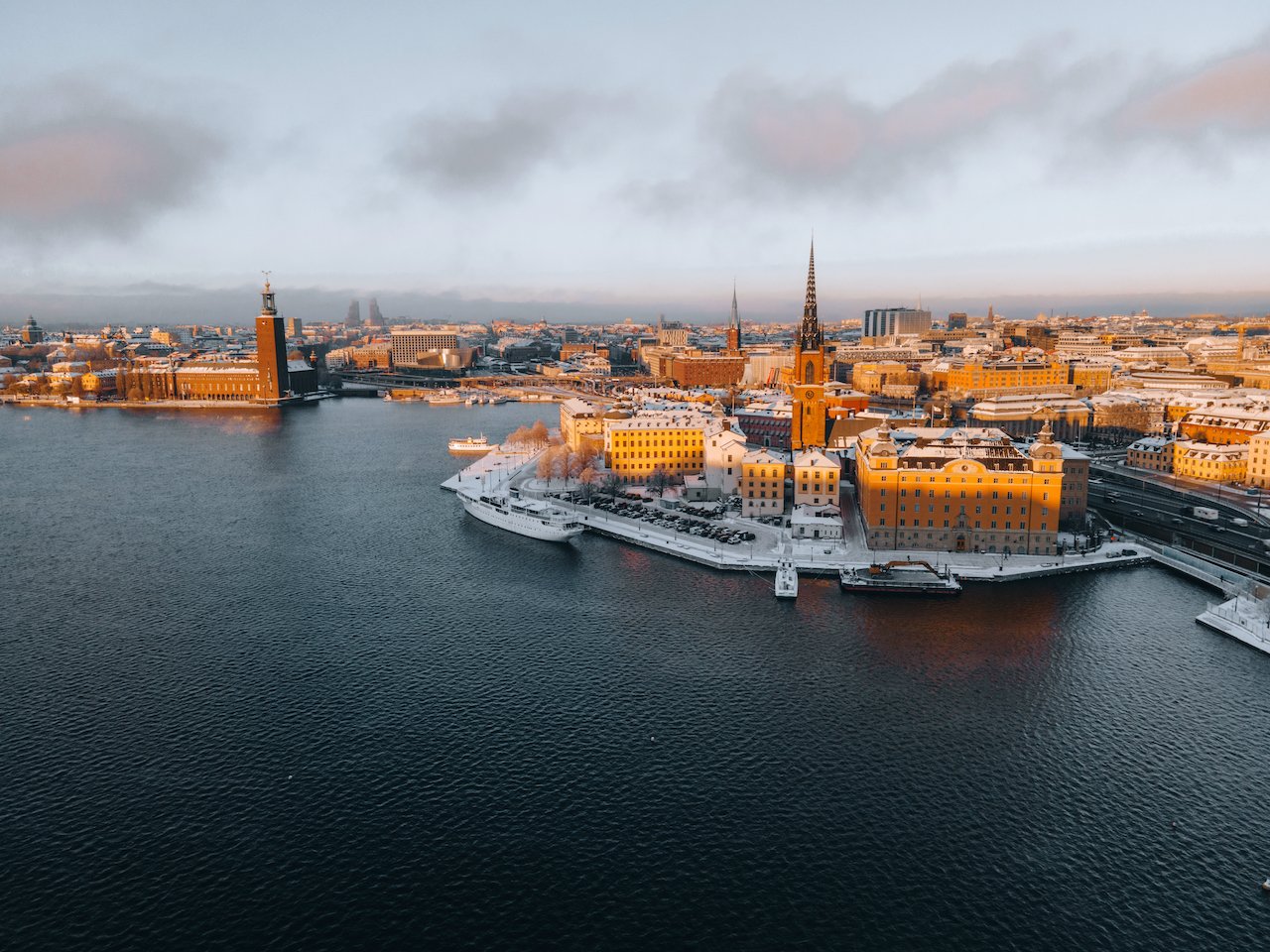A Journey to the Faroe Islands: The Island of Mykines
(Some links in this post are affiliate links. If you click through and take action, I'll be compensated.) If you are also interested in any PRINTS from any of my posts, be sure to check out my store where you can buy prints as posters, in metal/wooden frames or on canvas.
**This post is the 8th of a 11-post series discussing what to see in this part of the Faroe Islands (You can check out the other parts in the list below, separated by each specific island (just click on the island name to see the blog post. Everything is also summarized in another post here.**
The Faroe Islands, or the Faroes, are an archipelago located in the North Atlantic Ocean and are a part of Denmark. The subpolar oceanic climate, moderated by the Gulf Stream, make the temperature of the Faroes nearly constant throughout the year. Origins of the Faroe Islands date back as early as 500 AD, thought to be settled by people from Great Britain or Ireland. [Funfact: The population of sheep (70,000) outnumber the human population (54,000)]
Tórshavn (Blog Post: A Journey to the Faroese Capital of Tórshavn)
Vágar (Blog Post: A Journey to the Faroe Islands: The Island of Vágar)
Streymoy (Blog Post: A Journey to the Faroe Islands: The Island of Streymoy)
Eysturoy (Blog Post: A Journey to the Faroe Islands: The Island of Eysturoy)
Bordoy (Blog Post: A Journey to the Faroe Islands: The Island of Bordoy)
Kalsoy (Blog Post: A Journey to the Faroe Islands: The Island of Kalsoy)
Vidoy (Blog Post: A Journey to the Faroe Islands: The Island of Vidoy)
Mykines (Blog Post: A Journey to the Faroe Islands: The Island of Mykines)
Sandoy (Blog Post: A Journey to the Faroe Islands: The Island of Sandoy)
Kunoy (Blog Post: A Journey to the Faroe Islands: The Island of Kunoy)
The Waterfalls of the Faroe Islands (Blog Post: The Waterfalls of the Faroe Islands)
In this blog post, I will cover the island of Mykines. A Google Map of these places I will talk about can be seen at the end of this article. Check out my drone video of the Faroe Islands below!
Mykines is the westernmost island of the Faroe Islands. It sits in the UTC-1 time zone officially but uses Greenwich Mean Time like the rest of the 17 islands that make up this nation. It is determined that the island was formed 60 million years ago from a series of volcanic eruptions. It is now home to plentiful bird life including puffins.
How to Get to the Faroe Islands
The Faroe Islands are accessed primarily through Vágar Airport (FAE), the only airport in the archipelago. Vágar Airport connects the islands to major Northern European hubs:
Copenhagen Airport (CPH), Denmark: Several daily flights by Atlantic Airways and SAS; flight time about 1 hour 45 minutes.
Reykjavik Keflavik Airport (KEF), Iceland: Seasonal flights by Atlantic Airways, about 1 hour 15 minutes.
Edinburgh Airport (EDI), UK: Seasonal summer flights lasting roughly 2 hours.
Most travelers connect via Copenhagen, which has extensive international connections.
How to Get to Mykines Island
Step 1: From Vágar Airport or Tórshavn to Sørvágur
Drive: Vágar Airport is located on Vágar Island near Sørvágur village. From the airport to Sørvágur, it’s about 10 minutes by car or taxi.
Bus: Bus line 301 runs from Vágar Airport to Sørvágur a few times daily (approx. 10 minutes).
Step 2: Ferry from Sørvágur to Mykines
Ferry Duration: About 45 minutes crossing to Mykines harbor.
Ferry Schedule: Operates mainly in summer months (May to September), with typically 2–3 sailings per day, weather permitting. The ferry is often canceled during rough seas, so check schedules carefully and plan for flexibility.
Cost: Around 150 DKK (~20 EUR) for a passenger ticket; cars are not transported.
Step 3: Exploring Mykines
The island is small (about 10 km²), with no cars allowed.
The village is within walking distance from the harbor, and the main hiking trails to bird cliffs start here.
No public buses or taxis on the island; walking is the only option.



